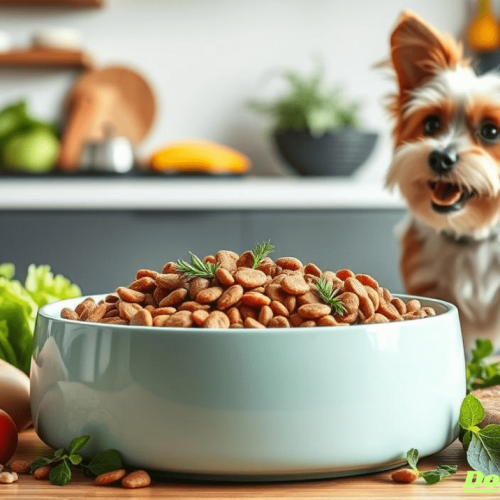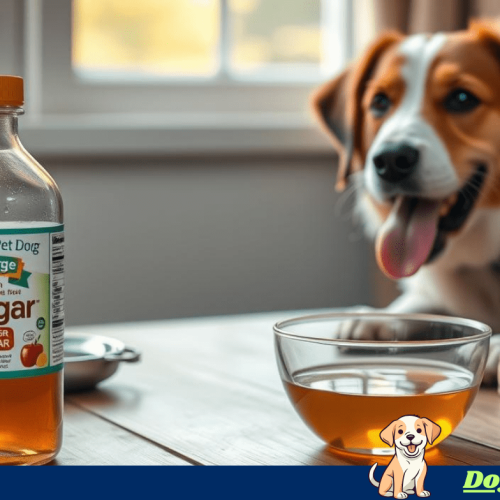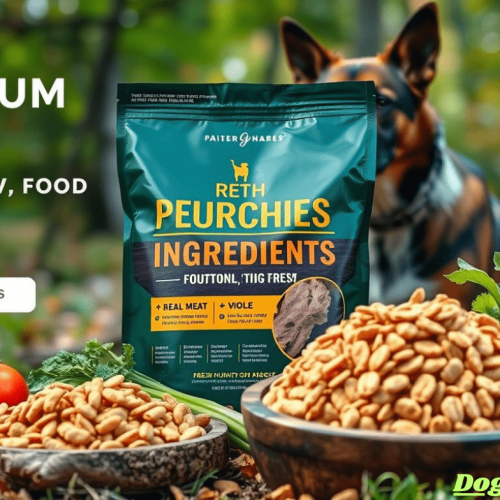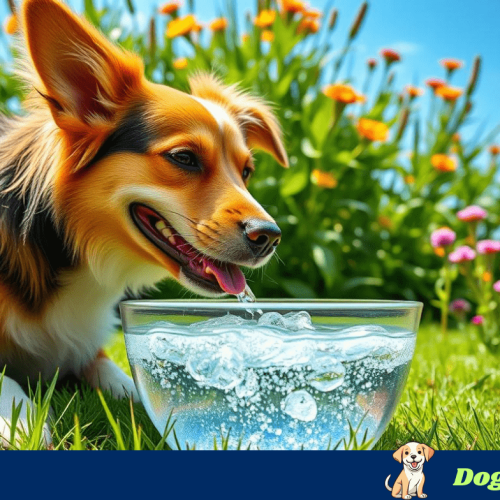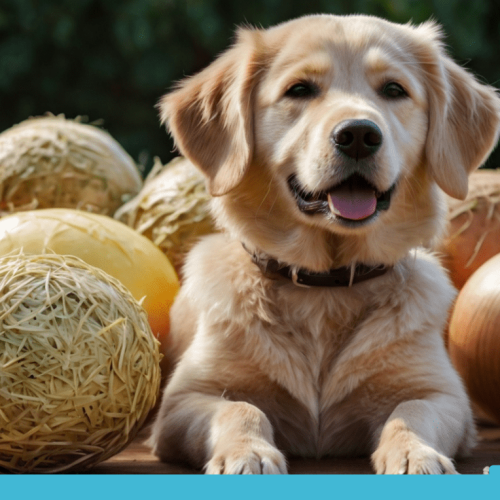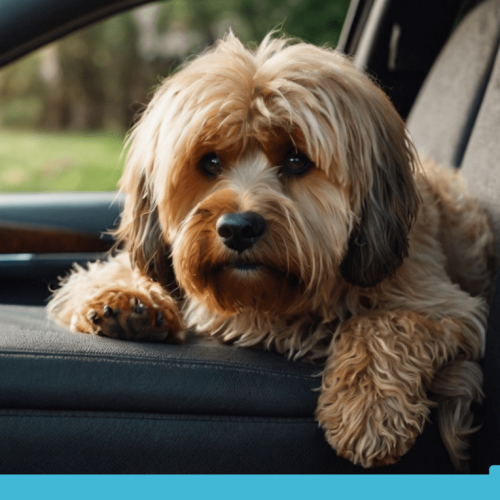Table of Contents
ToggleNatural Dog Infection Home Remedy Guide
Dog Yeast Infection Home Remedy
Is Miss Fuzzy Pants scratching more than usual? She might have a yeast infection. Many dog owners face this issue at some point. Let’s talk about natural ways to help.
Yeast infections can make dogs uncomfortable. With the proper remedies, you can ease their pain.
We’ll discuss treatments like apple cider vinegar and coconut oil. These can soothe your pet and stop future infections. Learning about the causes and symptoms can help you act early.
You’ll also learn how to make organic anti-yeast sprays. Plus, we’ll share tips to keep your dog’s space yeast-free. Recovery can be quick with the proper steps!
Key Points
- Natural remedies work well for yeast infections in dogs.
- Simple items like apple cider vinegar and coconut oil can help.
- Spotting symptoms early leads to faster treatment.
- Homemade anti-yeast sprays are easy to make.
- Preventive steps stop infections from coming back.
Understanding Dog Yeast Infections: Causes and Symptoms
Dog yeast infections can bother your pet a lot. But knowing the causes and symptoms, you can spot the problem early. This makes it easier to pick the proper treatment for your dog.

Common Causes of Yeast Overgrowth in Dogs
Yeast grows well in warm, moist places. Things that can cause it to grow too much include:
- Food sensitivities or allergies
- Damp skin folds
- Frequent swimming or bathing
- Weakened immune system
- Hormonal imbalances
Identifying Yeast Infection Symptoms
Look out for these signs that your dog might have a yeast infection:
- Severe itches and scratching
- How might I use this information?
- Musty, sour odor
- Greasy or flaky skin
- Hair loss in affected areas
Most Affected Body Parts in Dogs
Yeast infections often happen in:
- Ears
- Paws and between toes
- Armpits
- Groin area
- Folds in the neck (for wrinkly breeds)
Knowing these areas helps you act fast to treat your dog. Your pet can feel better soon with the proper care and home remedies.
Essential Dog Yeast Infection Home Remedy Options
Treating a dog’s yeast infection can be challenging. However, natural remedies can help. These simple and effective treatments can manage yeast overgrowth in dogs.
Apple Cider Vinegar Solutions
One of the best natural remedies is apple cider vinegar! Mix equal parts water and apple cider vinegar (50/50) to make a solution. Use a clean cloth or spray bottle to apply it to the affected areas.
Coconut Oil Applications
Coconut oil is also beneficial for dog yeast infections. Rub a thin layer of organic, unrefined coconut oil through your dog’s skin. Its antifungal properties fight yeast and moisturize the skin.
You can also sprinkle a little onto their food for internal benefits.
Tea Tree Oil Treatments
Tea tree oil is quite robust against yeast infections. Always weak with a carrier oil (such as coconut oil) before applying it to your dog’s skin. Don’t overdo it (so no, don’t chug the stuff; it can be toxic if ingested or overused).
Natural Antifungal Baths
- The last option is soothing baths, which can help relieve discomfort and combat yeast on your dog. Add a cup of apple-cider vinegar or a few release of tea tree oil to bath water. These ingredients also calm angry skin and decrease yeast populations.

| Remedy | Application Method | Frequency |
|---|---|---|
| Apple Cider Vinegar | Spray or wipe on affected areas | 2-3 times daily |
| Coconut Oil | Apply directly to skin | 1-2 times daily |
| Tea Tree Oil | Dilute and apply to affected areas | Once daily |
| Antifungal Bath | Add to bathwater | Weekly |
Creating Homemade Anti-Yeast Sprays and Solutions
Making homemade dog yeast infection spray is a great way to fight fungal overgrowth. These DIY solutions are affordable and use natural ingredients you might have at home.
DIY Antifungal Spray Recipes
Try this simple recipe for a homemade dog yeast infection spray:
- 1 cup distilled water
- 1/2 cup apple cider vinegar
- 1/4 cup aloe vera juice
- 5 drops of tea tree oil
Mix the ingredients in a spray container & shake well before each use.
Natural Cleaning Solutions
Keep your dog’s environment clean to stop yeast growth. Use a mix of equal parts water & white vinegar to clean surfaces your pet touches often.
Application Methods and Frequency
For the best results with your DIY dog yeast infection treatment:
- Spray affected areas twice daily
- Allow to air dry
- Reapply after bathing or swimming
Keep treating for 1-2 weeks after symptoms start to get better.

| Solution | Ingredients | Application |
|---|---|---|
| Antifungal Spray | Water, ACV, Aloe, Tea Tree Oil | Spray 2x daily |
| Cleaning Solution | Water, White Vinegar | Wipe surfaces daily |
Preventive Measures and Maintenance
Keeping your dog yeast-free is more than just treating infections. Let’s look at ways to stop future problems and keep your pet healthy.
Regular Grooming Practices
Brush your dog’s coat every day to remove dirt and spread natural oils. This simple step can prevent yeast from growing too much. After walks or swims, dry your pet well, especially its paw pads and ears. These steps are key to keeping your dog yeast-free.
Environmental Modifications
Make your home a place where yeast can’t thrive. Wash your dog’s bedding in hot water every week. Vacuum often to get rid of yeast spores. Using dehumidifiers in damp areas can also help prevent infections.
Immune System Support
A strong immune system helps fight yeast. Feed your dog a balanced diet with probiotics and omega-3 fatty acids. Regular exercise also helps keep their immunity up. Add a little garlic or oregano to their food for a natural way to fight yeast. These have antifungal properties.
Frequently Asked Questions about Dog Yeast Infection Home Remedies.
What is the most prominent symptom of a yeast infection in dogs?
Common symptoms include itching, red and inflamed skin, a musty odor, and mottled or discolored skin.
What are some signs a dog might be suffering from anxiety?
An anxious dog may show signs such as pacing, whining, hiding, or destructive behavior.
How do I use apple cider vinegar for yeast infections in dogs?
Apple cider vinegar is a popular remedy. Mix equal water and ACV (50/50) and apply to the affected areas using a cloth or spray. You can add a small amount to your dog’s water but consult your vet first.
Can coconut oil help cure my dog’s yeast infection?
Yes, coconut oil can be effective. Rub a small amount onto the affected areas and massage twice daily. You can also add it to your dog’s food to boost their immune system.
Is tea tree oil safe for treating yeast infections in dogs?
Tea tree oil can be helpful if used cautiously. Always dilute it heavily before applying it to the skin. Never let your dog ingest it, as it can be toxic.
How often should I bathe a dog with a yeast infection?
Bathe your dog 2-3 times weekly with a natural, antifungal shampoo during an infection. Once the infection clears, bathe them every two to four weeks, depending on their lifestyle and coat type.
How can I make an antifungal spray for my dog?
Mix equal parts of apple cider vinegar and water in a spray bottle or jar. Add a few drops of essential oils, such as tea tree or lavender, for additional benefits.
How can I prevent future yeast infections in my dog?
Regular grooming and cleaning, particularly of the ears, can help. Feed your dog a healthy diet, boost their immune system, and address health concerns promptly.
Are specific dog breeds more susceptible to yeast infections?
Yes, breeds with floppy ears or skin folds are at higher risk. These include basset hounds, cocker spaniels, and Shar-Peis.
Can dietary changes help eliminate a yeast infection?
A healthier diet can reduce dog yeast infection. Low-sugar and low-carb diets are beneficial. Ask your vet about switching to a raw or low-carb diet.
When should you take your dog to the vet for a yeast infection?
Visit the vet if your dog’s symptoms don’t improve after a week if it is in pain or distress, or if you notice unusual discharge or severe skin issues.



